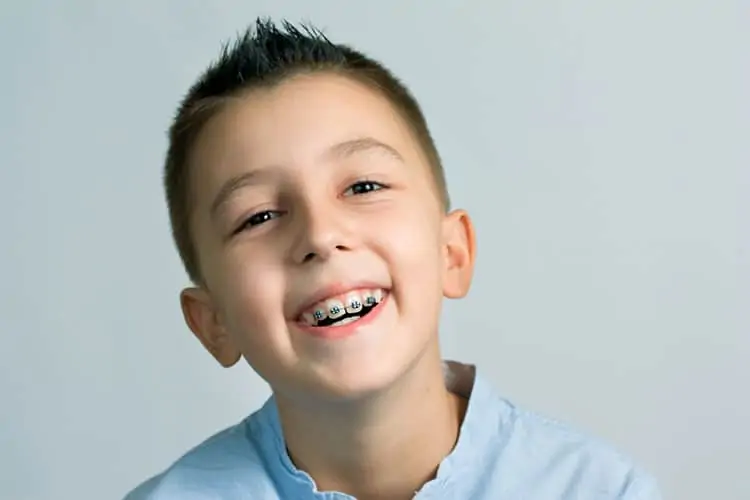Kids react to braces in different ways. Some will get excited of the prospect of wearing them as it’s an indicator that their teenage years aren’t far off, while others absolutely hate the thought of it mostly because of what other kids at schools are likely to say about their braces.
Here’s a breakdown of everything you need to know about braces and why they’re good for your child despite what they might think of them.
Do Children Need Braces?
The answer is yes! There are various reasons why children might need to have braces. These include:
- Crowded or overlapping teeth
“Bad bite” otherwise known as malocclusion. This is in reference to when jaws are not in symmetry meaning one is larger than the other. When the lower jaw is larger than the upper jaw it’s known as an overbite. On the other hand, if the upper jaw is larger than the lower jaw, it’s known as an underbite.
Jaw and tooth problems are usually genetic. So, if an older member of your family needs braces, chances are your kids will need them too.
Other causes of jaw and tooth problems include:
- Accidents
- Thumb sucking
- Losing baby teeth too early
If your children suffer from any of these issues you’ll need to visit an orthodontist. An orthodontist is a dentist that specializes in fixing misaligned teeth and correcting jaws. The orthodontist will be in a position to let you know if you need braces or not.
Orthodontists recommend you take in your child for a check-up once their permanent teeth start coming in, usually around age 7.
Types of Braces
Different types of braces are designed to resolve various kinds of dental issues.
Traditional Braces
Traditional braces have metal brackets that are fixed to each tooth using a special kind of cement. Generally, they’re made from high-grade stainless steel. The brackets are interconnected with each other using a thin archwire.
By putting pressure on the teeth, the archwire gradually forces the teeth to align.
Ceramic Braces
Ceramic braces are similar to traditional braces however, instead of metal, the brackets are made from a ceramic material that is clear and transparent. They are very popular with adults as they are somewhat invisible hence not as conspicuous as traditional braces.
Damon Braces
In the recent past, Damon braces have experienced exponential growth in popularity because they provide a much gentler treatment compared to other types of braces. Instead of using elastics, Damon braces use a slide mechanism to slide the archwires.
Using Damon braces gets your child’s teeth to move on their own without having to be adjusted. This means that there’ll be less pressure and friction on the teeth hence they’ll be less painful.
Clear and Removable Aligners
Instead of choosing to go with metal or Damon braces, you can choose to have Invisalign. Invisalign is an aligner that is made from clear plastic and resembles mouth guards. They can be taken out when you’re about to go to bed or eat. They are usually swapped out for a new aligner after every two weeks.
